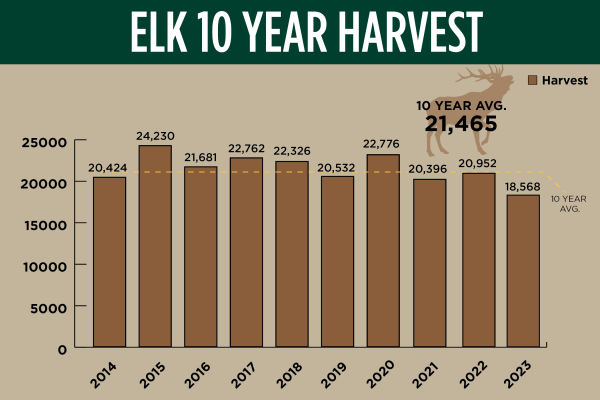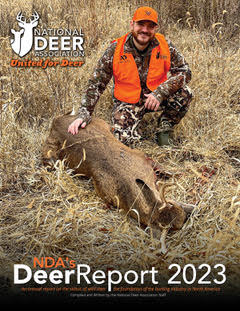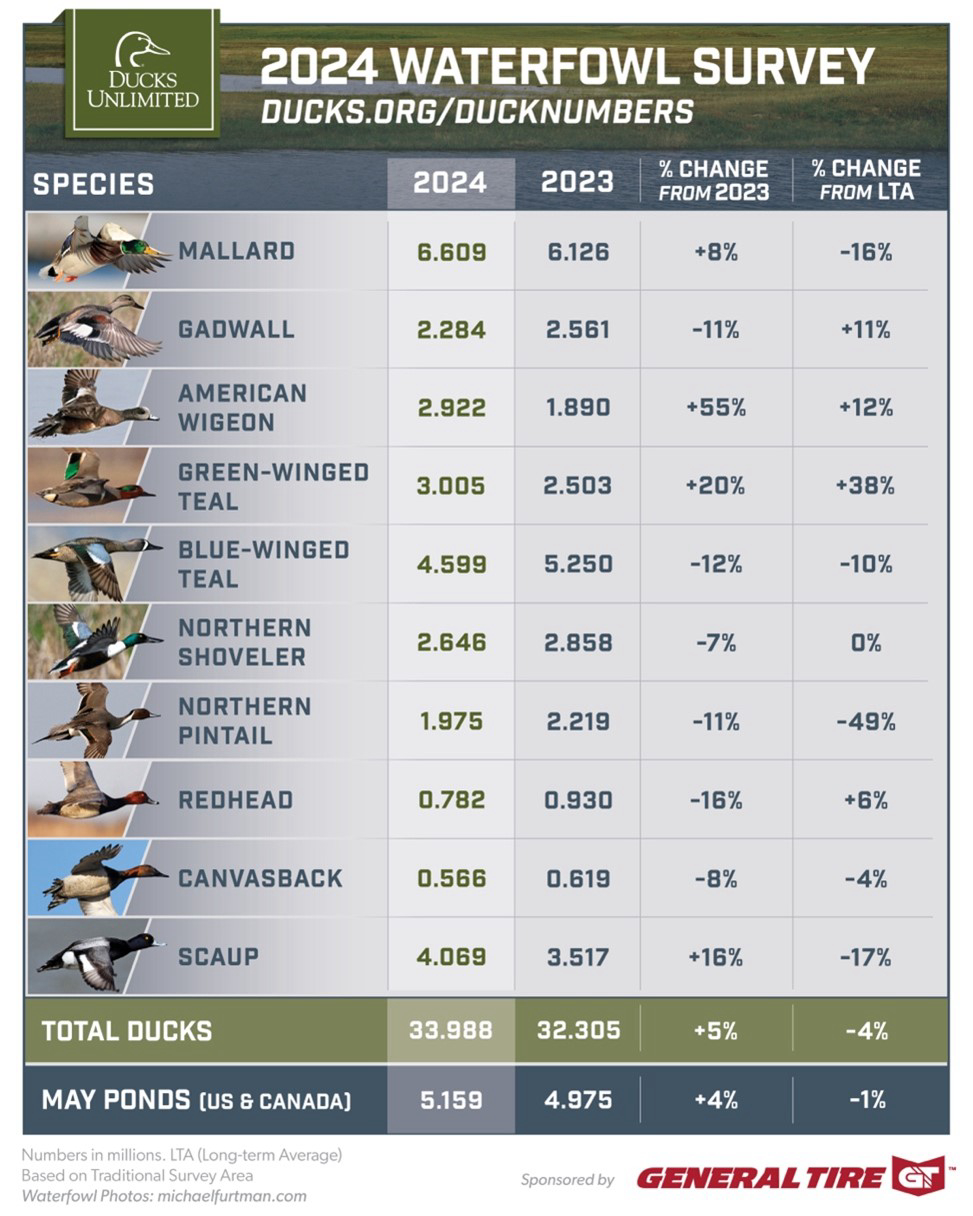Michigan Deer Management Needs to be Changed
By Glen Wunderlich
An interesting analysis of this past deer hunting season has been released by the Quality Deer Management Association (QDMA). Contained in it are comparisons from 36 states in our eastern half of the country. It’s time to assess how Michigan’s deer management stacks up with our neighbors.
QDMA’s 2012 Whitetail Report shows that the majority of hunters had a better season than last year relative to antlered buck harvest (bucks 1 ½ years or older.) In fact, 54 percent of the states saw more bucks taken. When it comes to sheer numbers, Michigan ranks second with a total of 212,341 bucks killed – second only to leader Texas with an astounding 357,378. Michigan continues to have numbers, but just what kind of numbers?
A look at buck kills by age class begins to shed some light behind the numbers. Here, Michigan leads the way among 13 surrounding states with a whopping 64 percent of yearlings killed compared to the total buck kill figure. It wouldn’t be so bad if we were trending down, but that’s not the case. In year 2009, Michigan had killed 52 percent yearling bucks of the total bucks taken. On the other hand, Wisconsin and Ohio are the next in line for killing yearlings at 47 percent of their totals, but both are trending down.
It would seem to follow then that Michigan may kill fewer adult bucks (those 2 ½ years or older) than other states expressed as a percentage of the total buck kill. Bingo! Michigan ranks dead last and its adult buck deer kill numbers are on the decline.
Michigan’s antlerless kill strategy is always a point of contention among wildlife manager theorists. Again, we’ve got numbers. In 2010 Texans took 330,698 antlerless deer, followed by Georgia with 308,747, Alabama 208,000, Michigan 205,509 and Pennsylvania 193,310. Nebraska was one of only two states in the Midwest to shoot more antlerless deer in 2010 than 2009 and increased its antlerless kill by 32 percent. Michigan’s antlerless kill dropped 7 percent from the previous year.
The snapshot of Michigan’s deer management strategy must include an important measure of herd productivity: Fawn Recruitment Rates. The fawn recruitment rate is a measure of the number of fawns per adult doe (1.5 years or older) alive in the fall. Once again, Michigan is at the bottom with only .39 fawns per adult doe, while Iowa shows 1.3 and Wisconsin reflects 1.07.
Recent reports indicate significant predation by coyotes in our Midwest region. Of the 13 states comprising the Midwest region, 10 permit coyote hunting 365 days. Michigan allows coyote hunting only 275 days per year.
The inescapable fact of reality is that in the management business, you are judged by results and ours stink. Michigan continues to manage its herd for numbers but what an anemic picture they paint.
Yes, I am still for antler restrictions statewide and one buck, per hunter, per season. We should also extend coyote season to 365 days.
If our deer managers want to change long-term results, they must change short-term policies. The trouble is that shot-term income from license sales decreases could hurt short-term, hands-on management initiatives. However, if the future of Michigan deer hunting is ever to be brighter, we will need more than more special deer hunting seasons. We need a real change in strategy.





